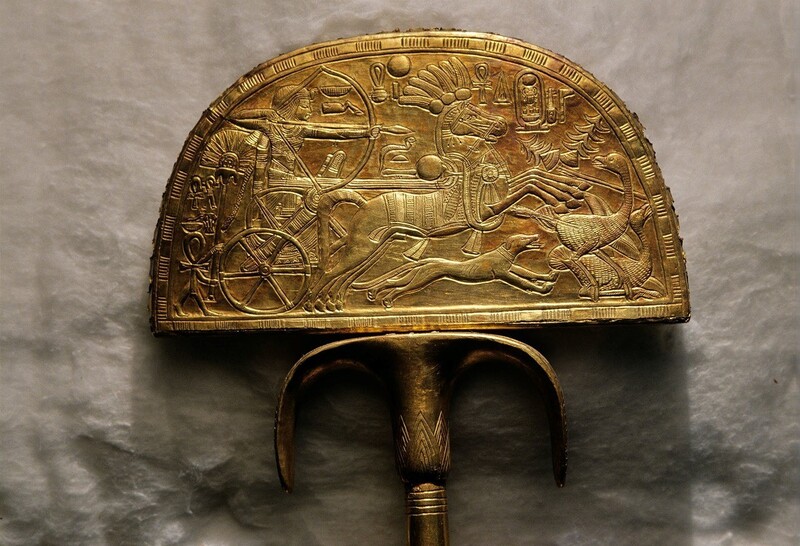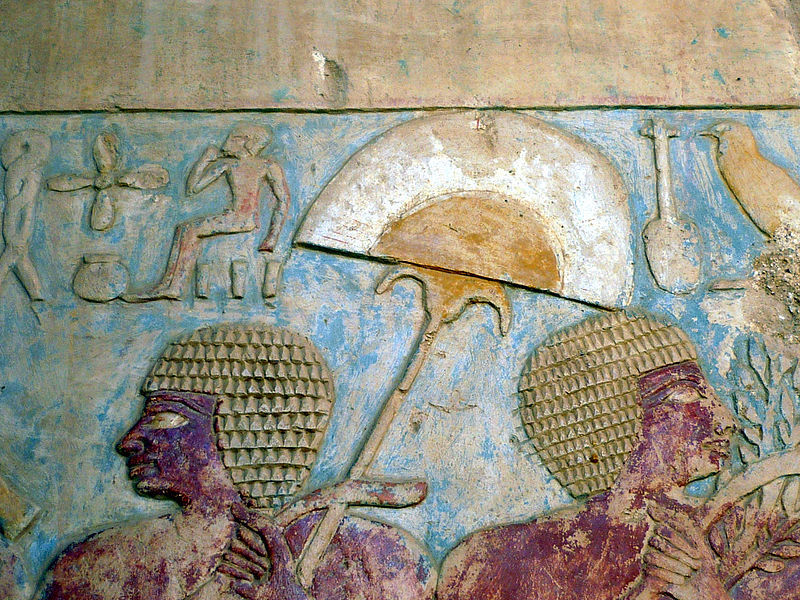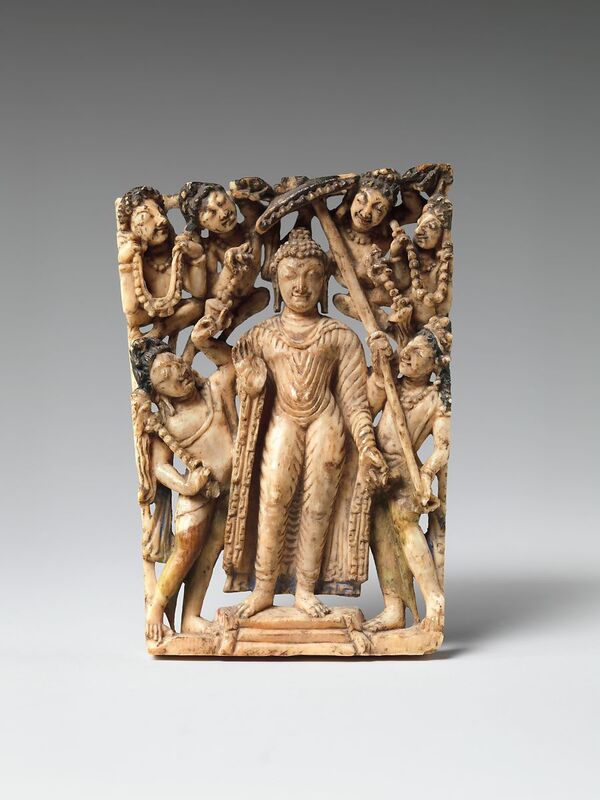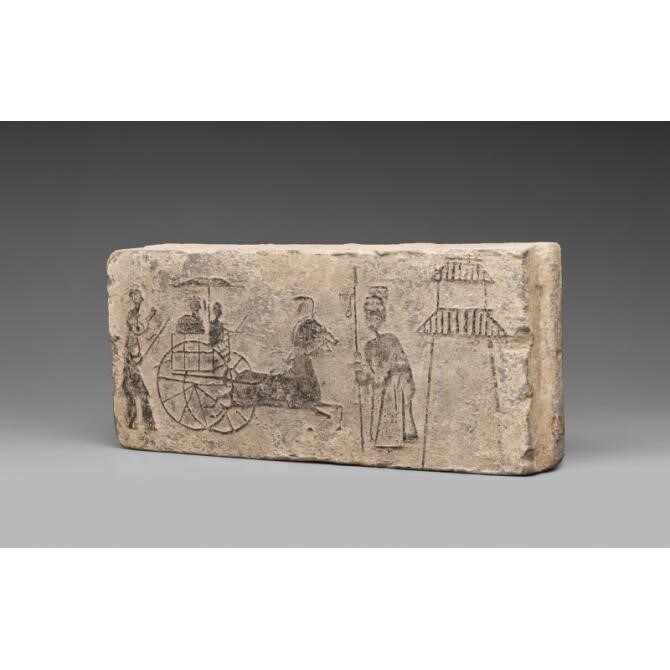Early Centuries - Ancient History
The earliest umbrellas origninated in ancient Egypt, over four thousand years ago to around 1000-2450 B.C.E.
Rather than an article of fashion, the umbrella was first an item of religious and ceremonial regalia. The umbrella constituted a privilege accorded only to royalty. During Ancient Egypt times, the umbrella would be called a Fan with intricate designs that were held over the most distinguished noble’s. Only royalty could use a fan, which would often be covered in intricate designs and both shaded the individual and demonstrated thier status. In ancient Egyptian texts a hieroglyph in the shape of a fan also denoted sovereignty, further demonstrating its signifcance as an object denoting status. The umbrella was used to both shade and honor a sovereign, is depicted on Egyptian sculptures of the eleventh century BC. It was a king’s privilege to have it carried over his head and it was usually during ceremonial processions.
Below is an image of an engraving from a wall in Egypt that is located in the Hatshepsut temple. It depicts an Egyptian fan bearer.
The items below is a portable shrine is from India and it dates back to the seventh and eighth century. In the center is Buddha. Surrounding Buddha are umbrella and flywhisk bearers. Flying above Budda are celebrants with garlands. Gautama Buddha means "Awakened One", he was a teacher and is considered the founder of Buddhism.
Ancient Asia and China made use of the umbrellas and parasols and were used as protection from the both the sun and the rain, but this practice was also confined only to the upper classes.
Ancient Chinese chariots were made of wood, had two wheels, and were drawn by two or four horses. Imperial carriages were outfitted with numerous umbrellas, serving practice and ceremonial purposes. The ancient Chinese are also credited for having the earliest recorded use of collapsible parasols. The image to your right is a brick from the Han dynasty, it comes from a Han tomb. If you look closely, the driver of the chariot has an umbrella over his head which, for during this time period, denotes that he is a noble man.
List of Pages:



